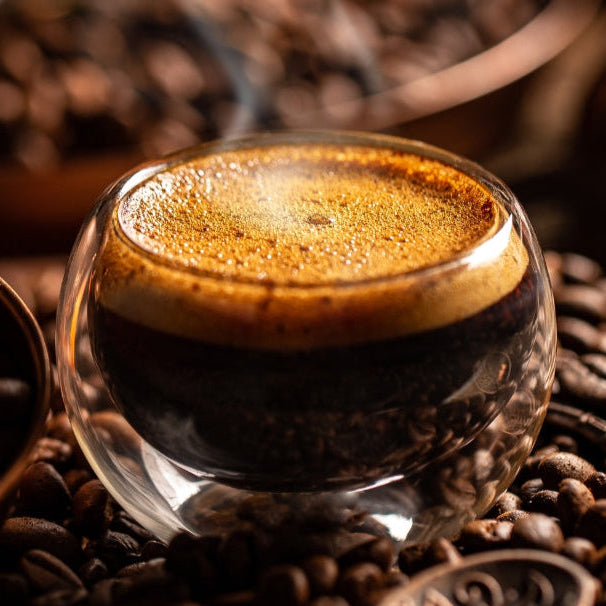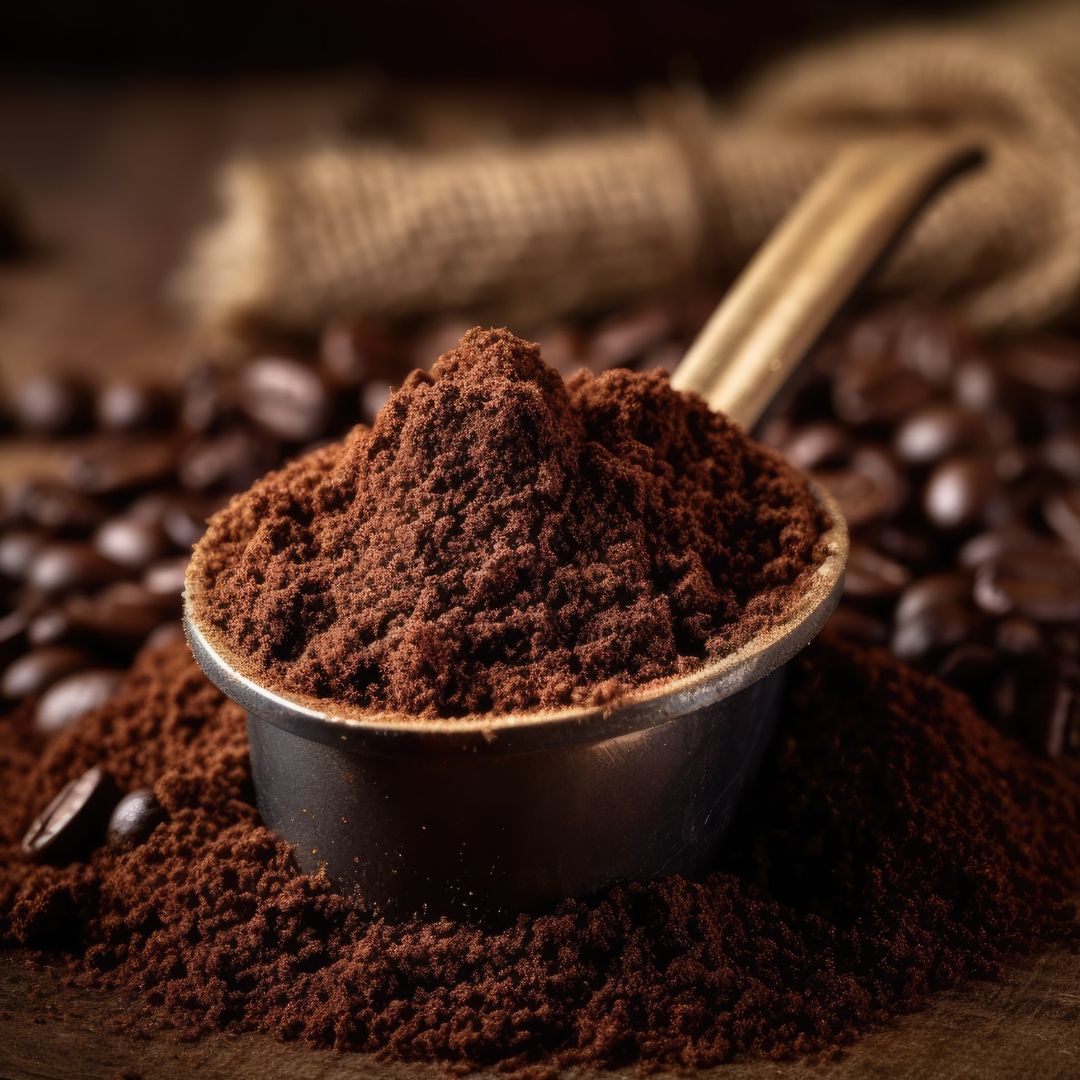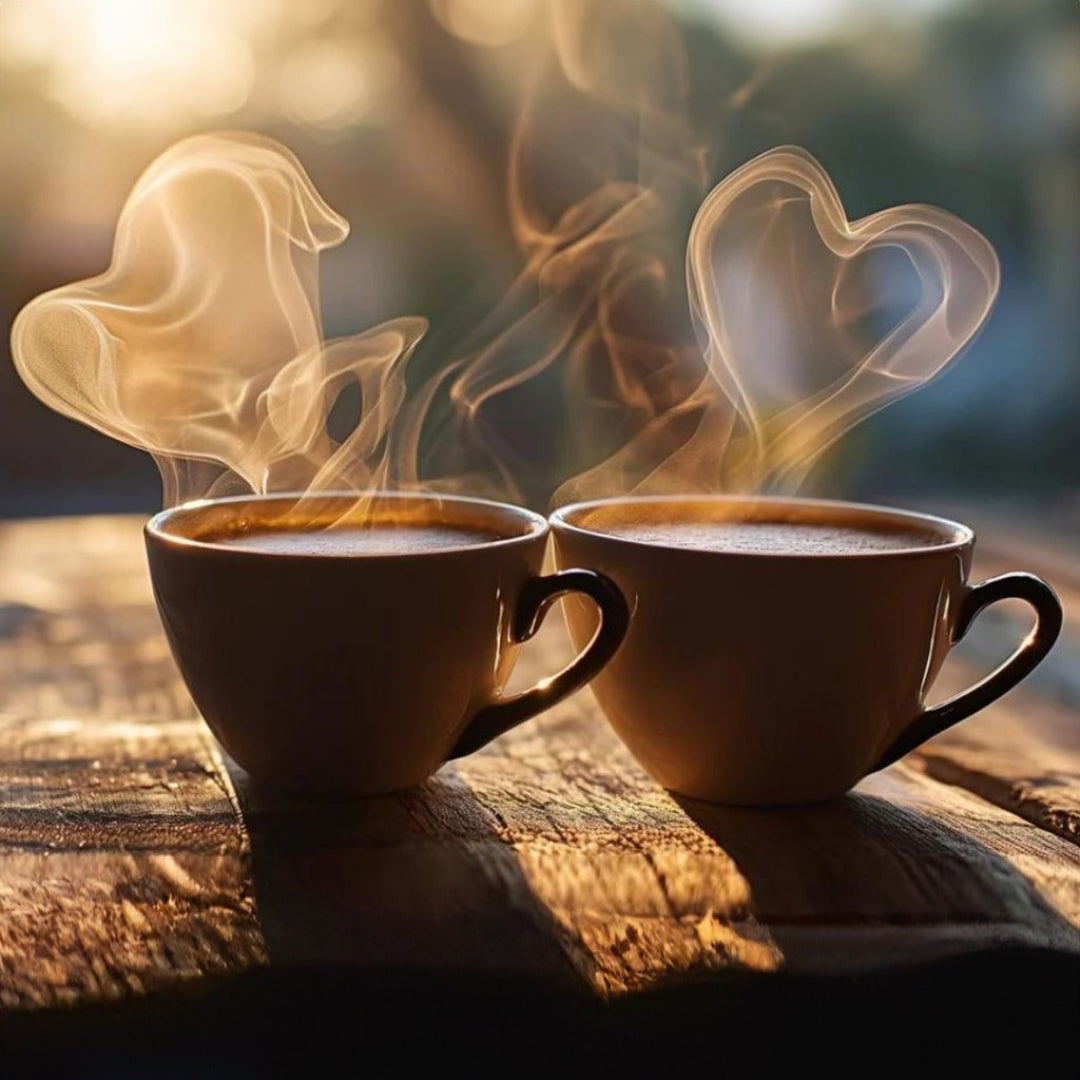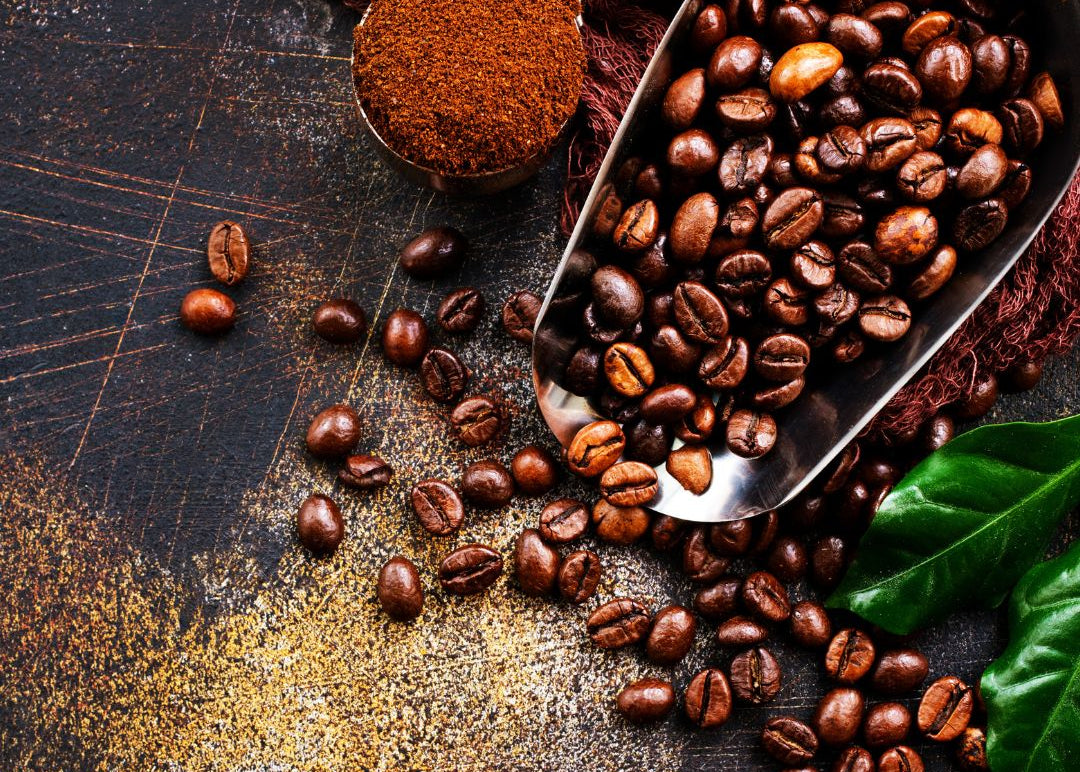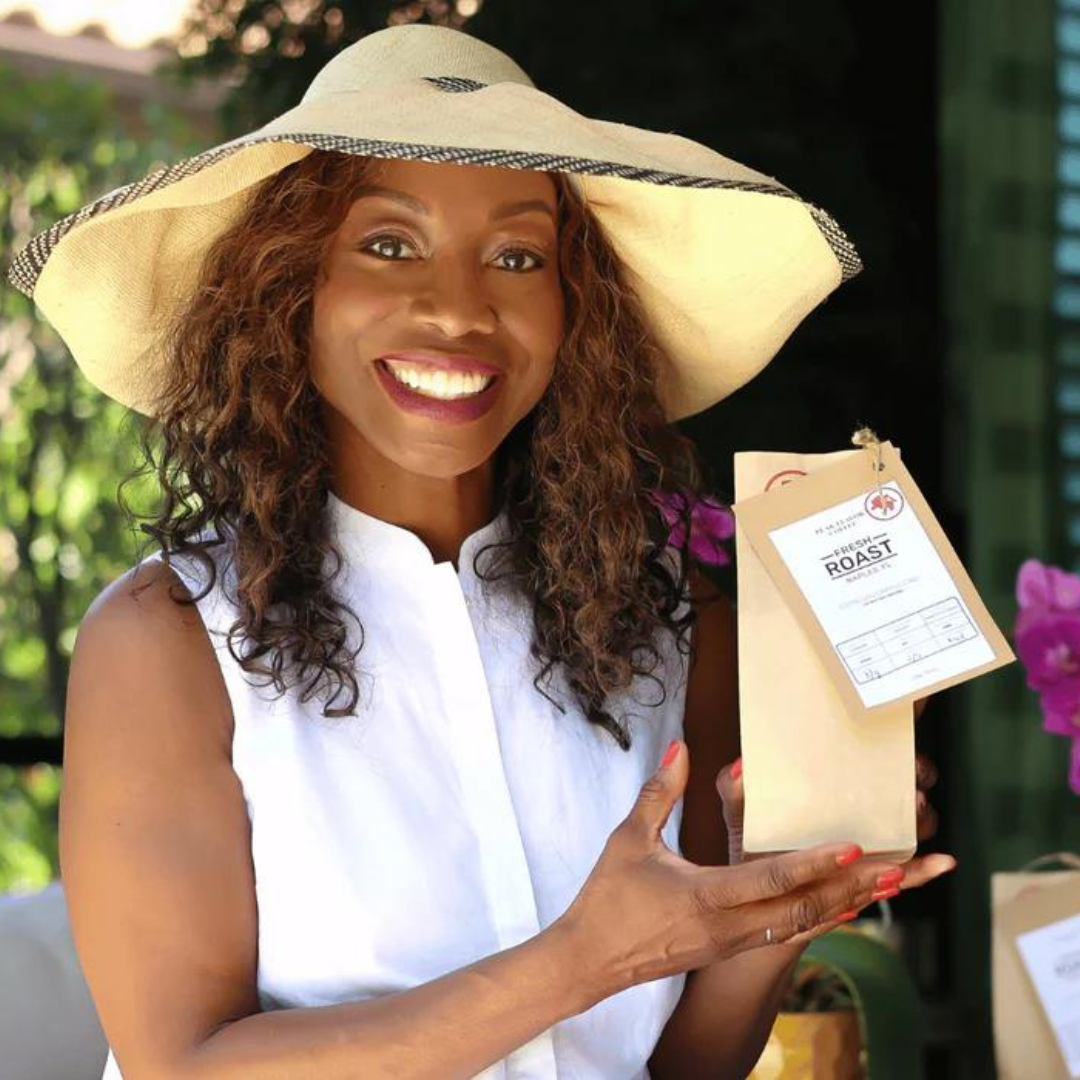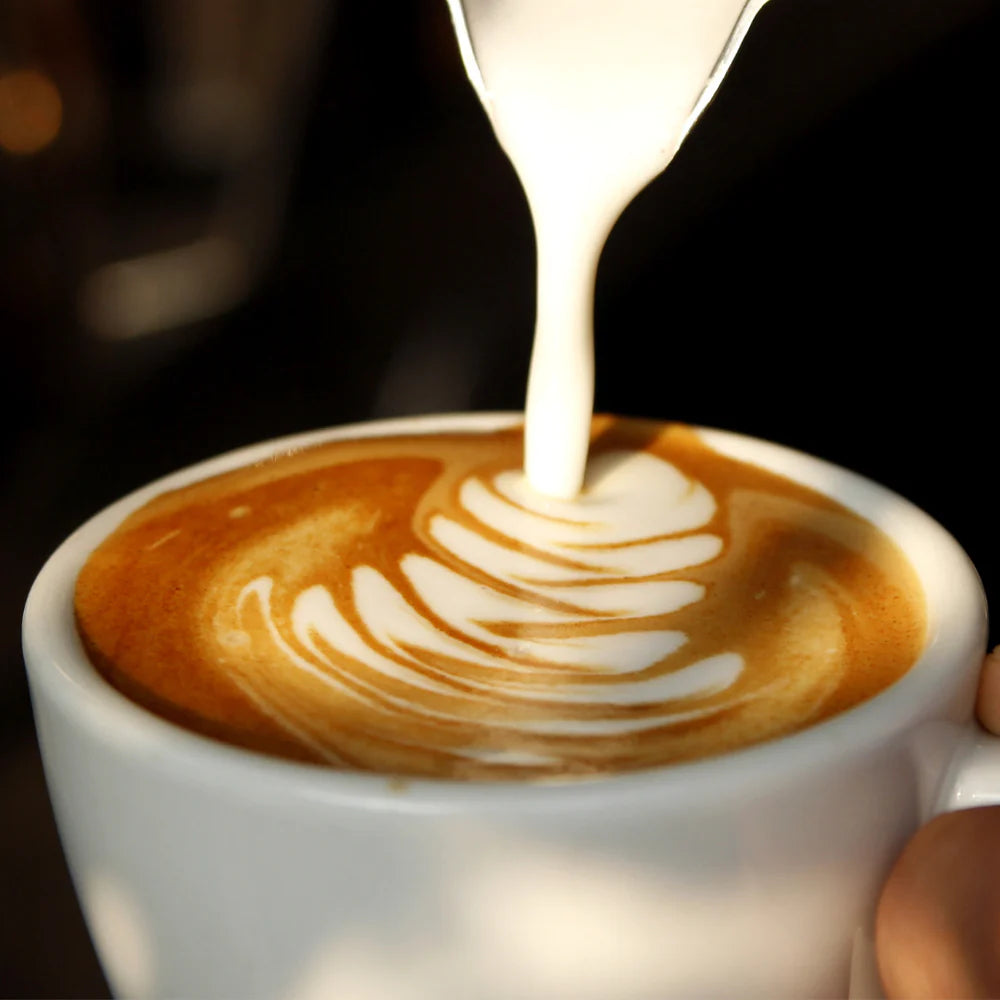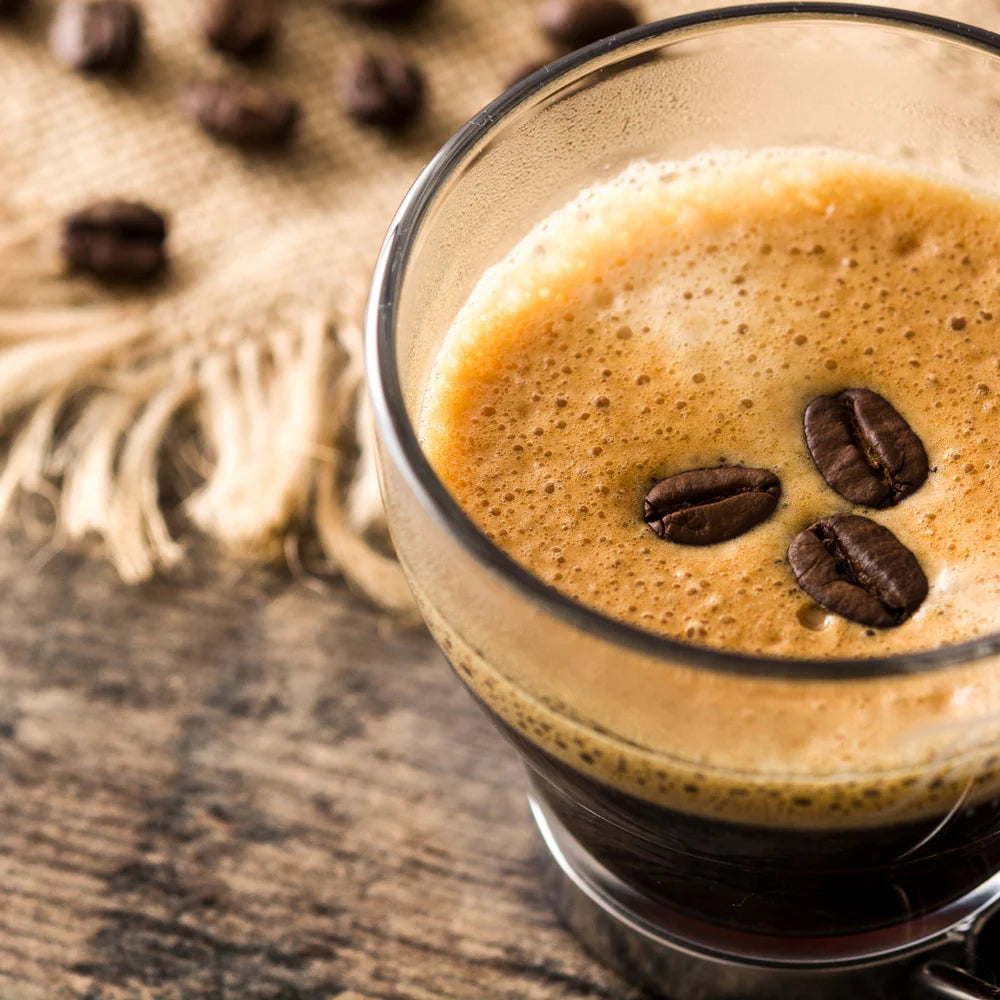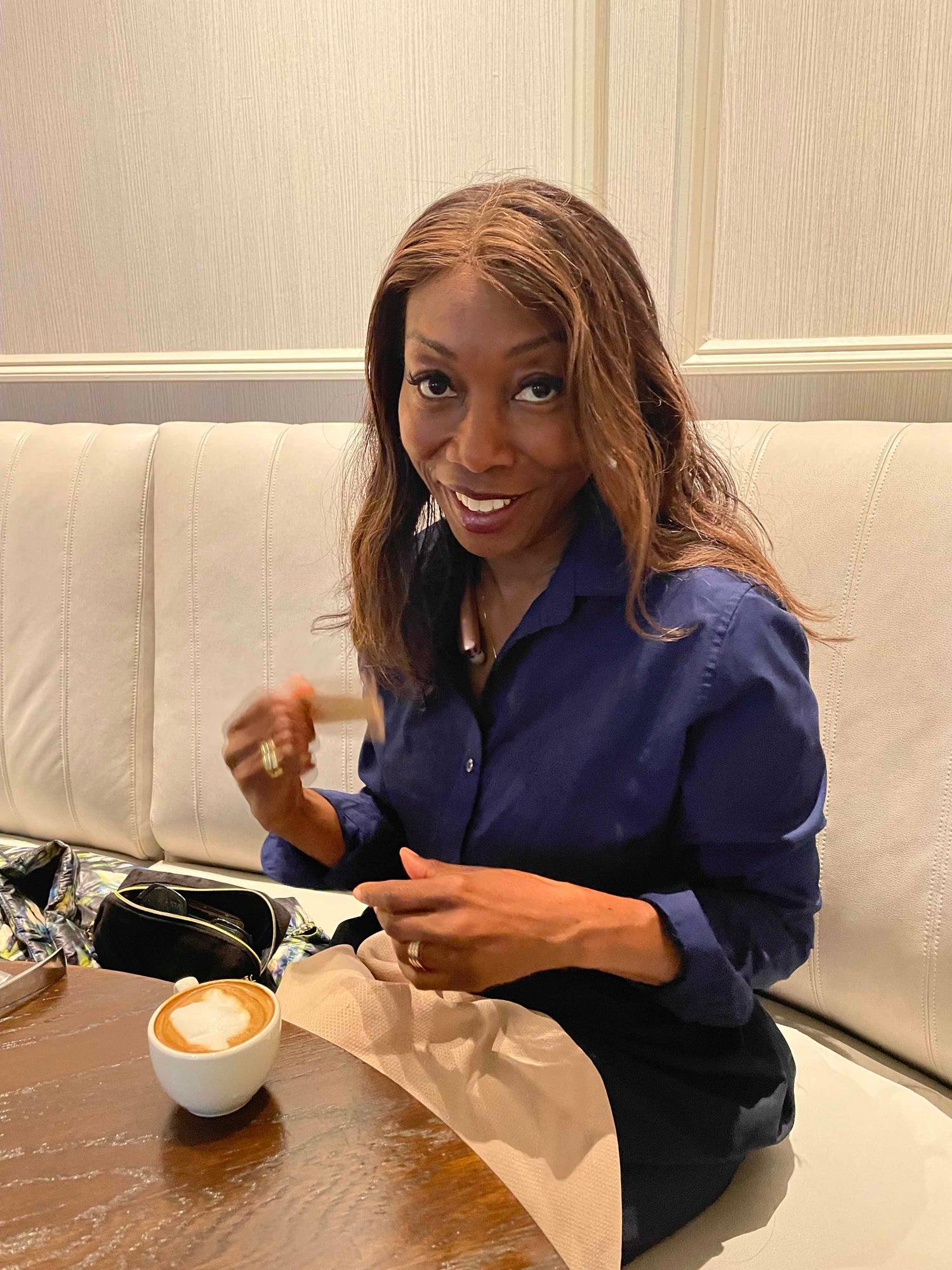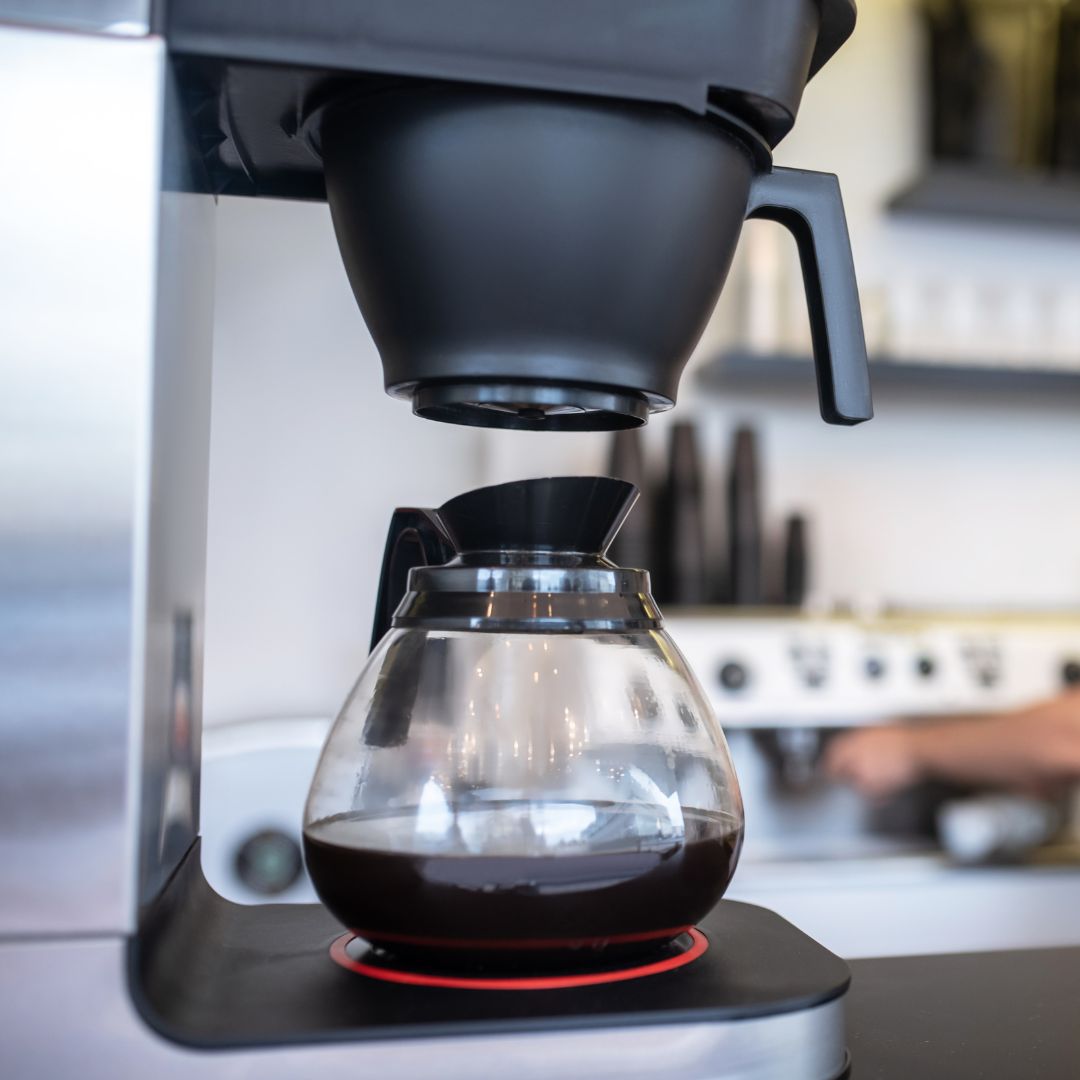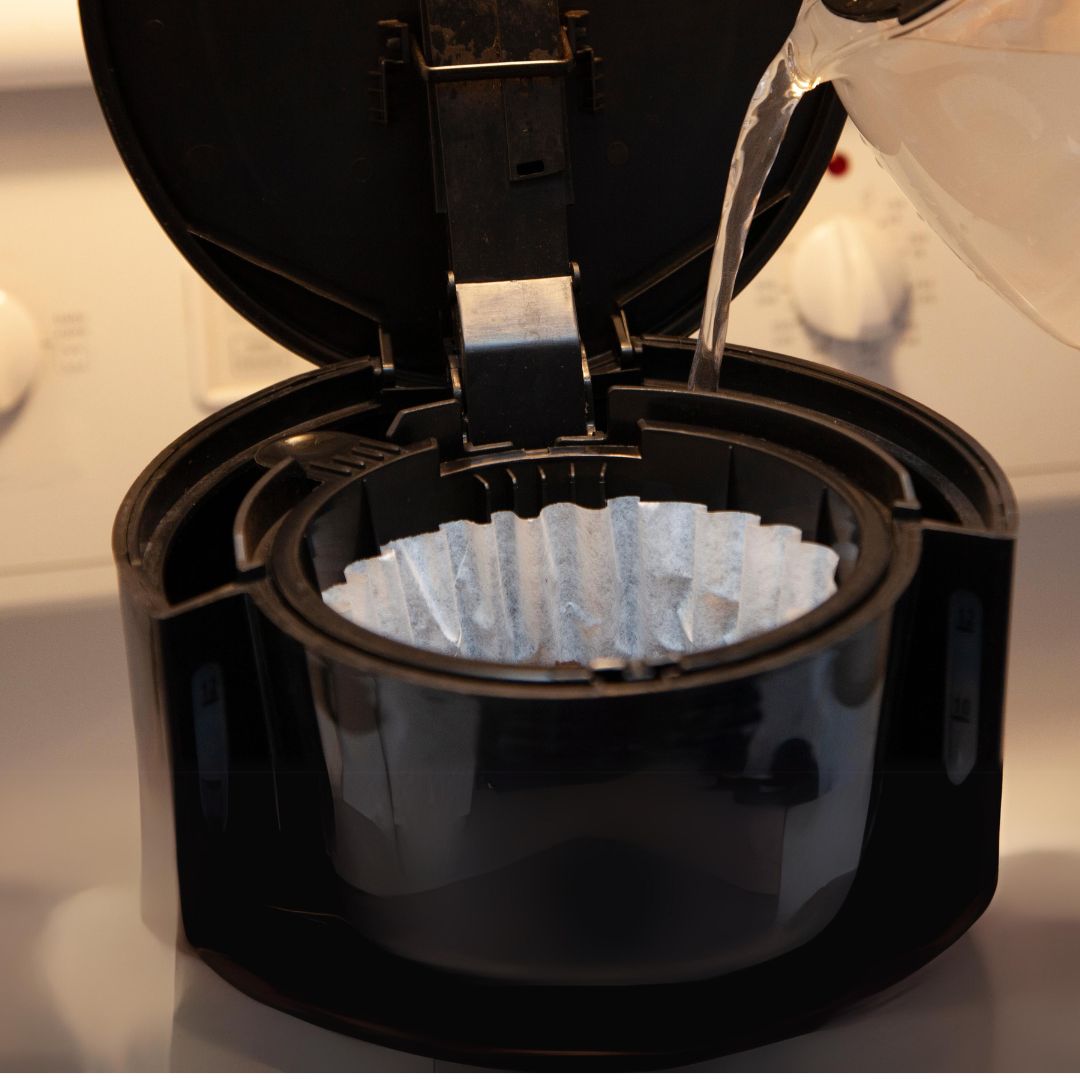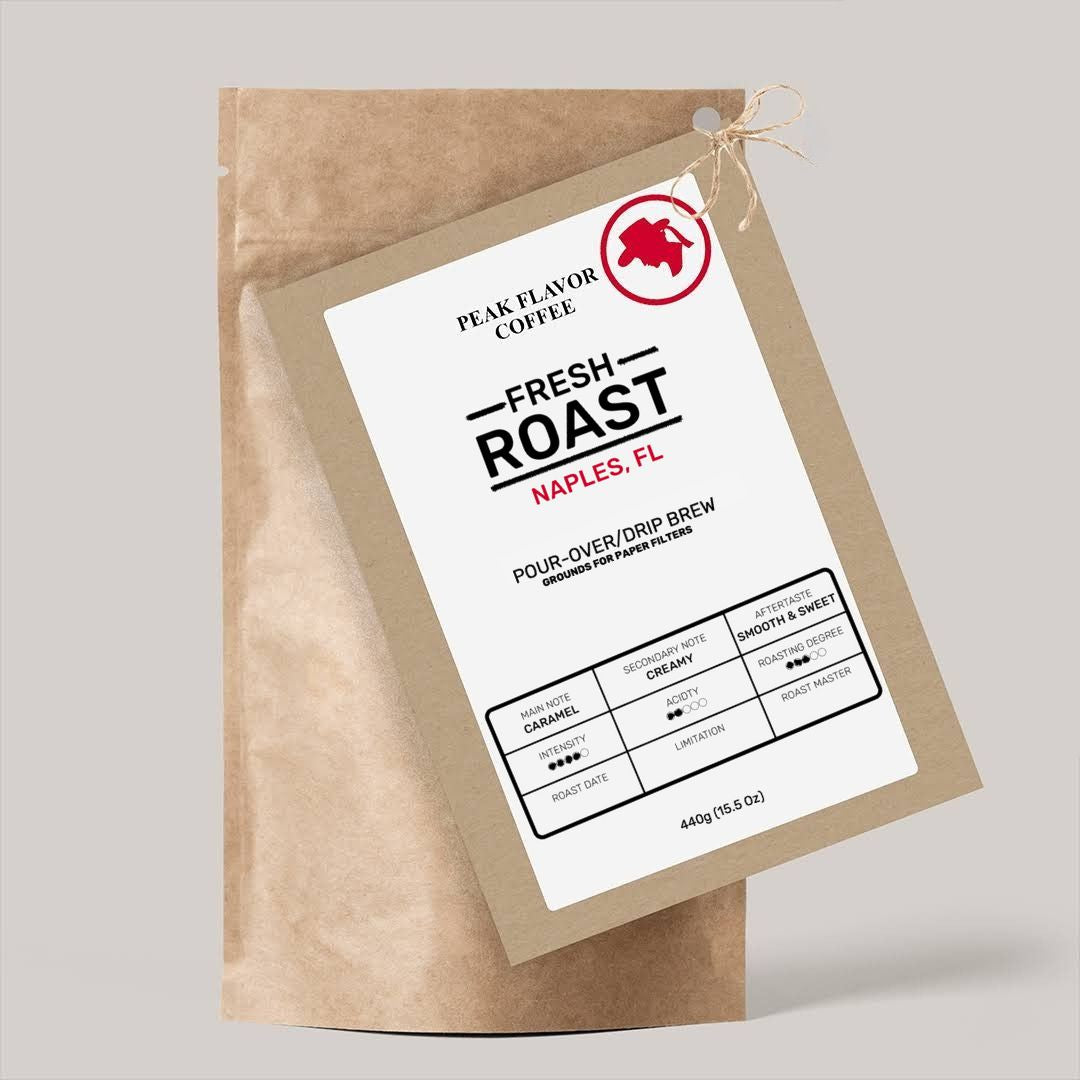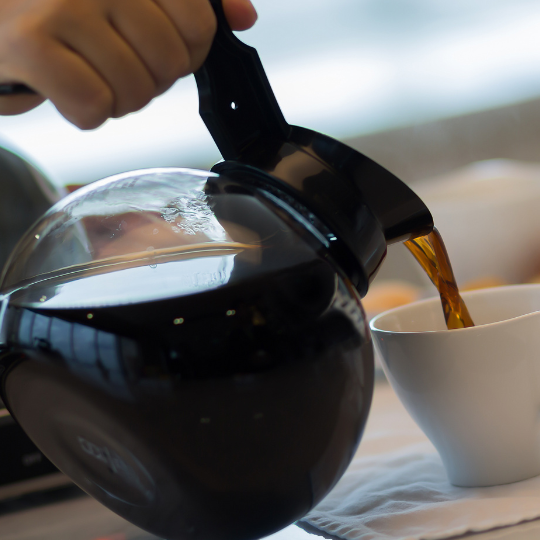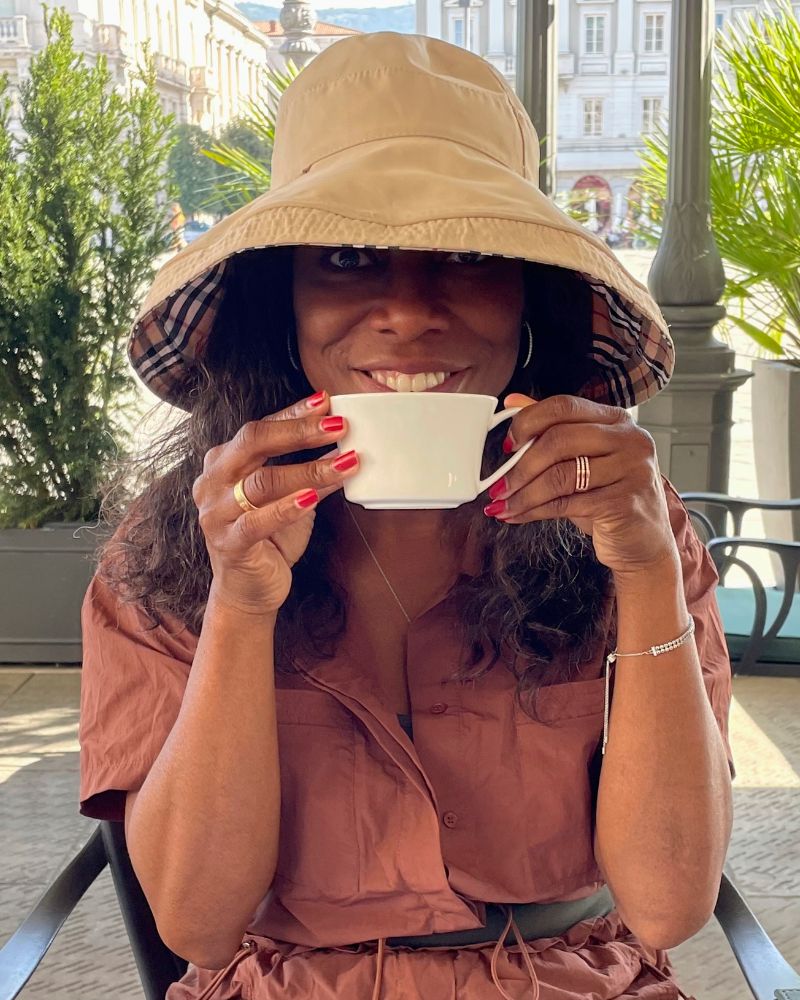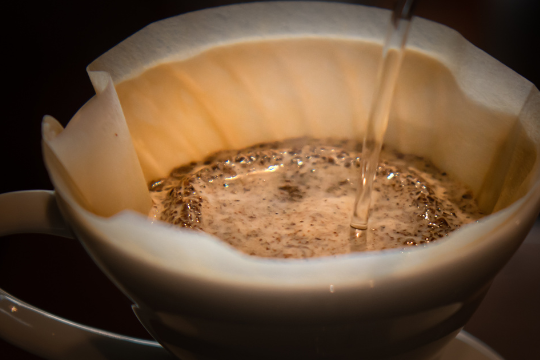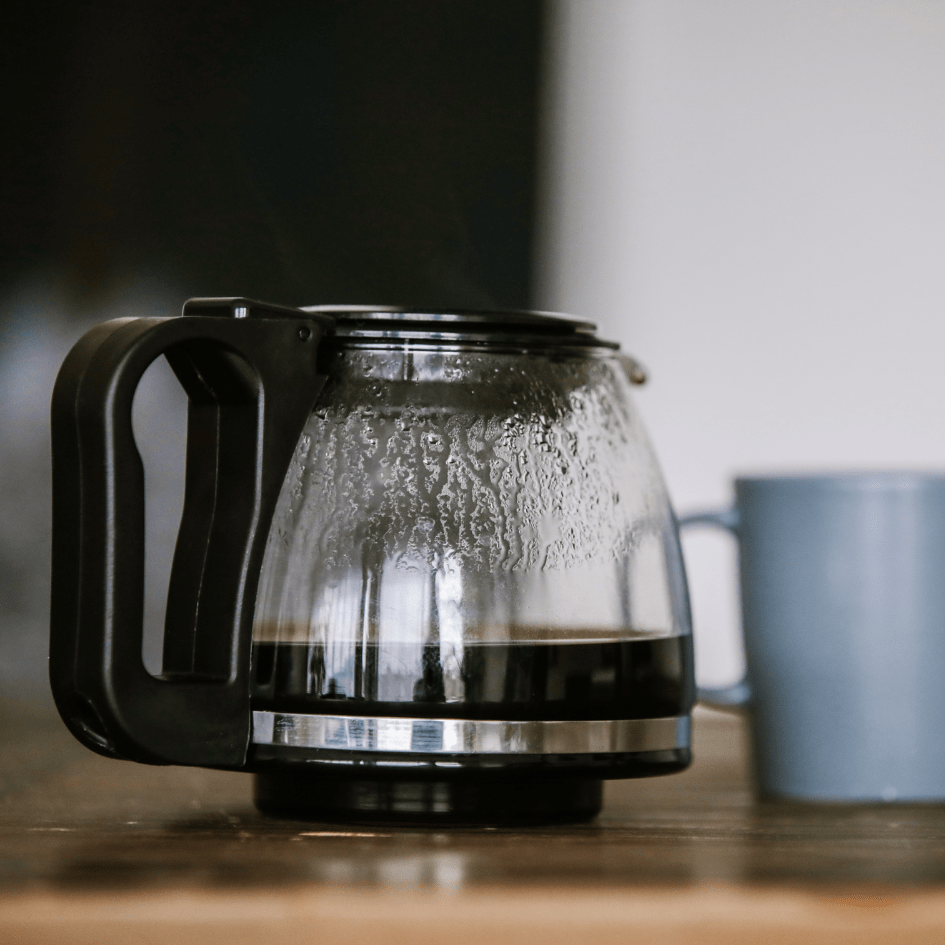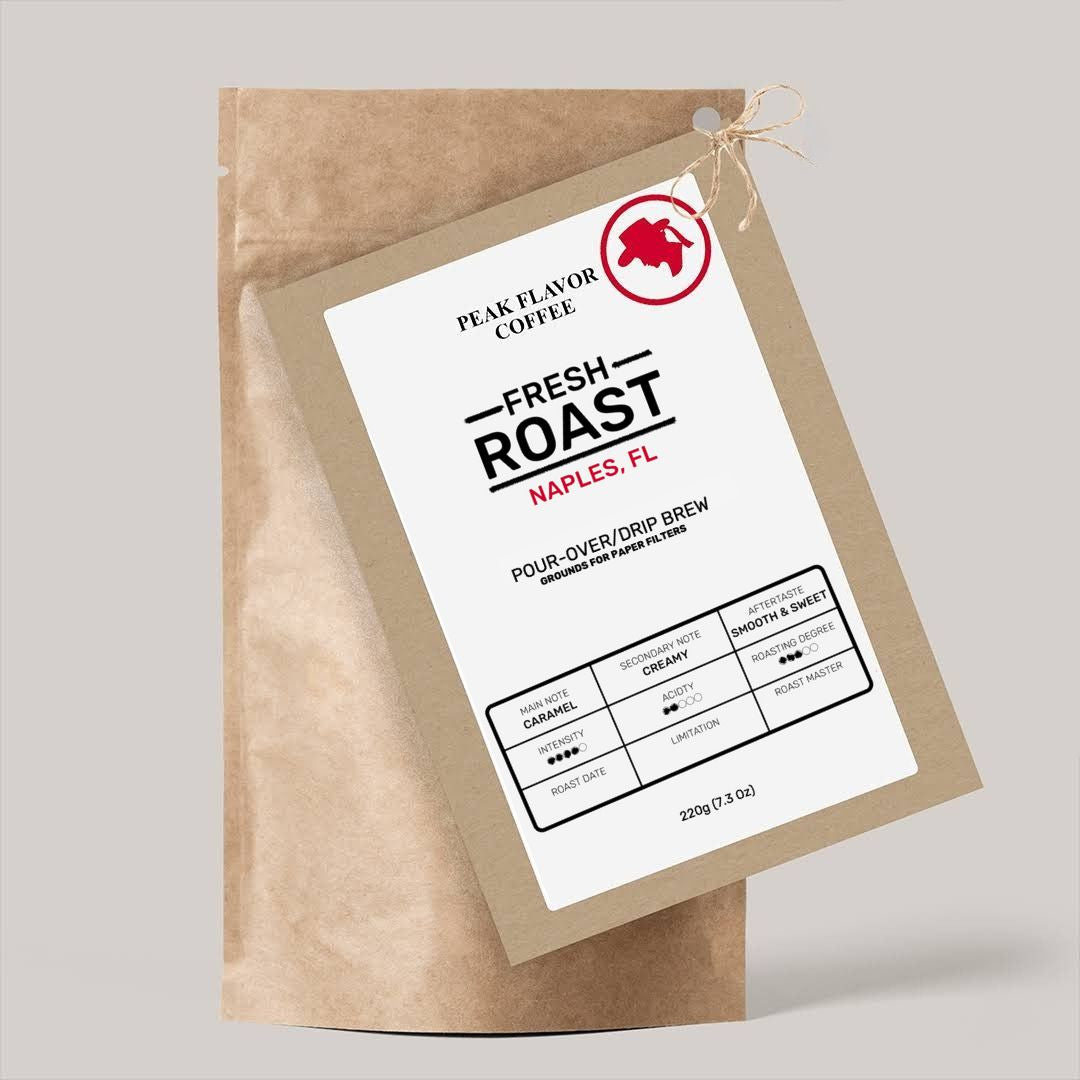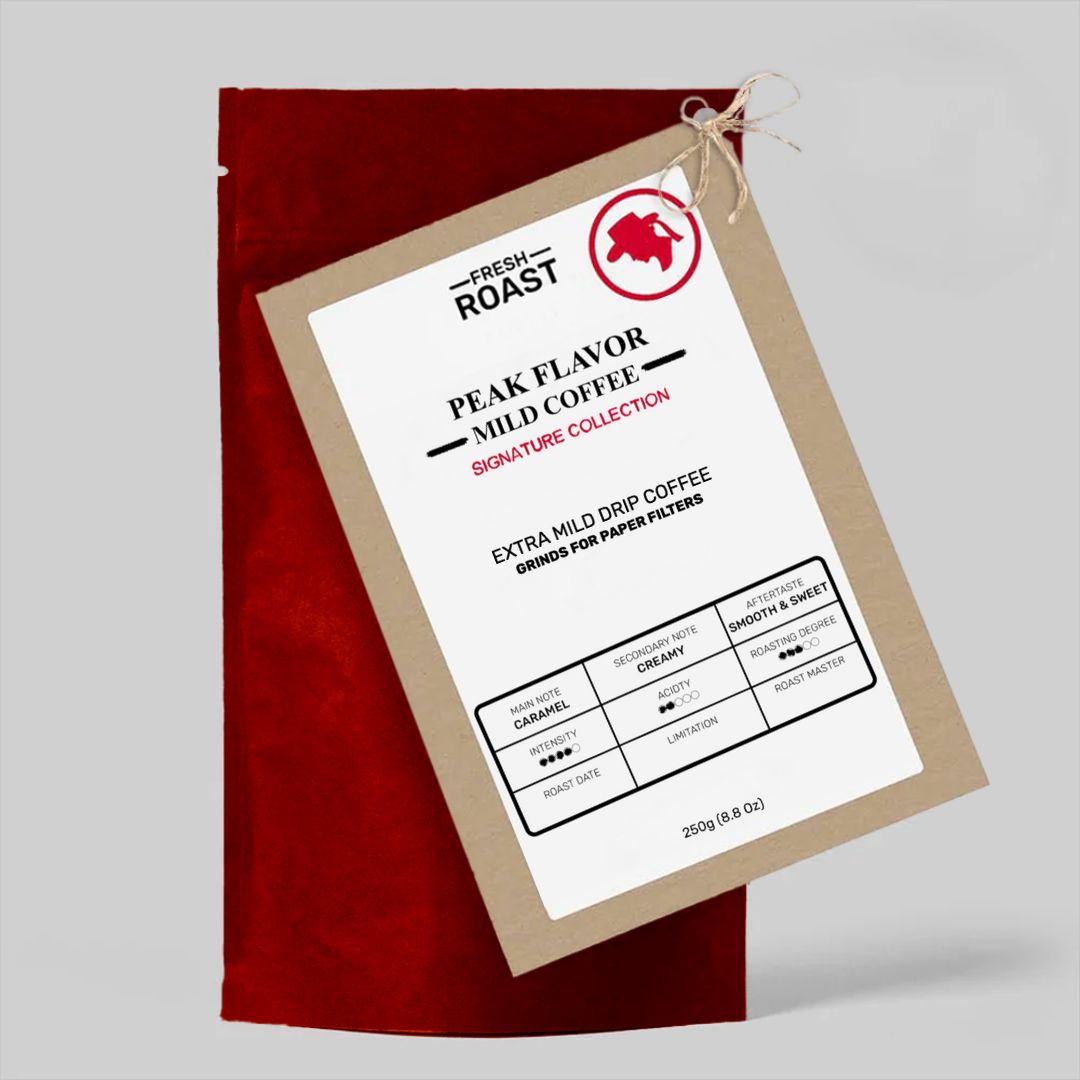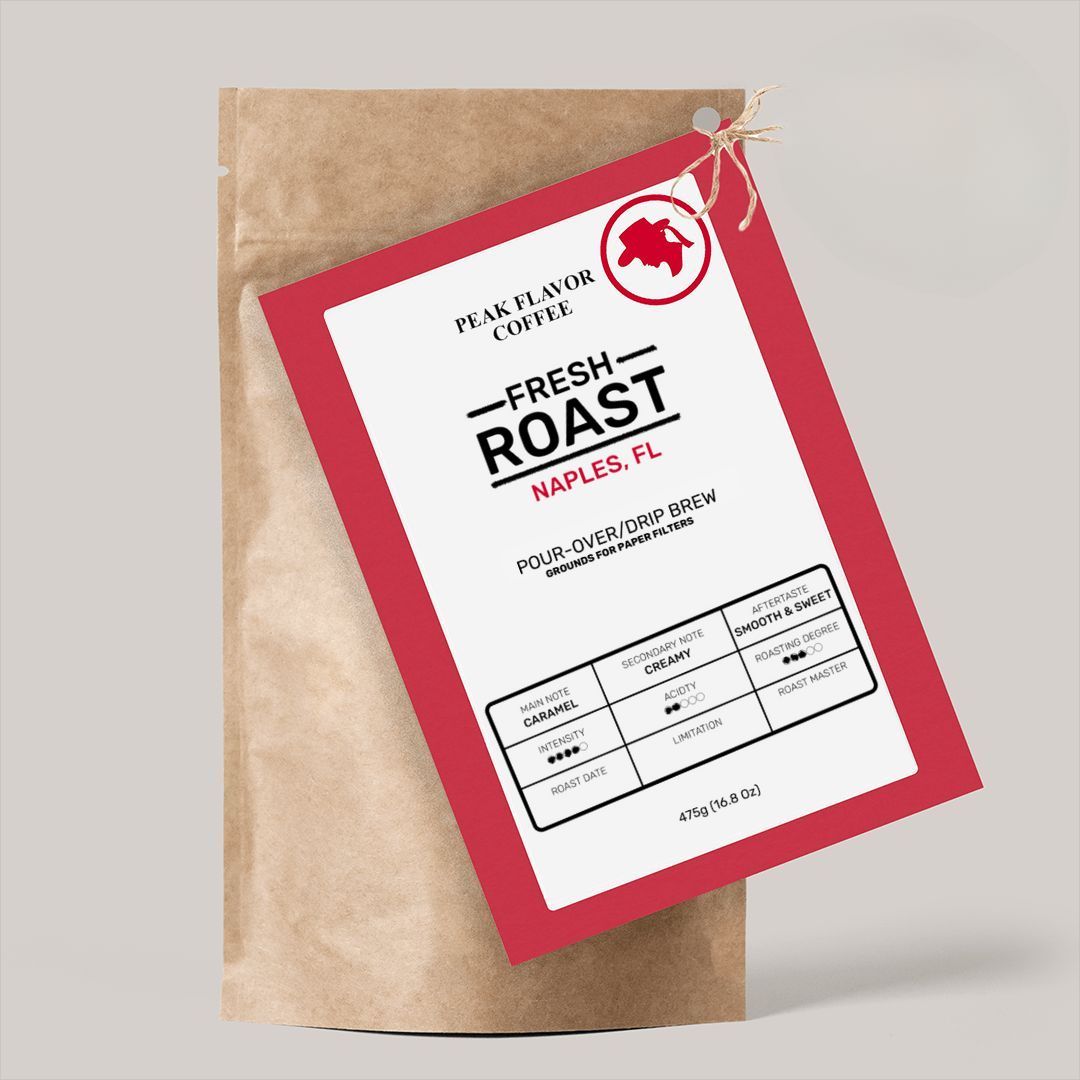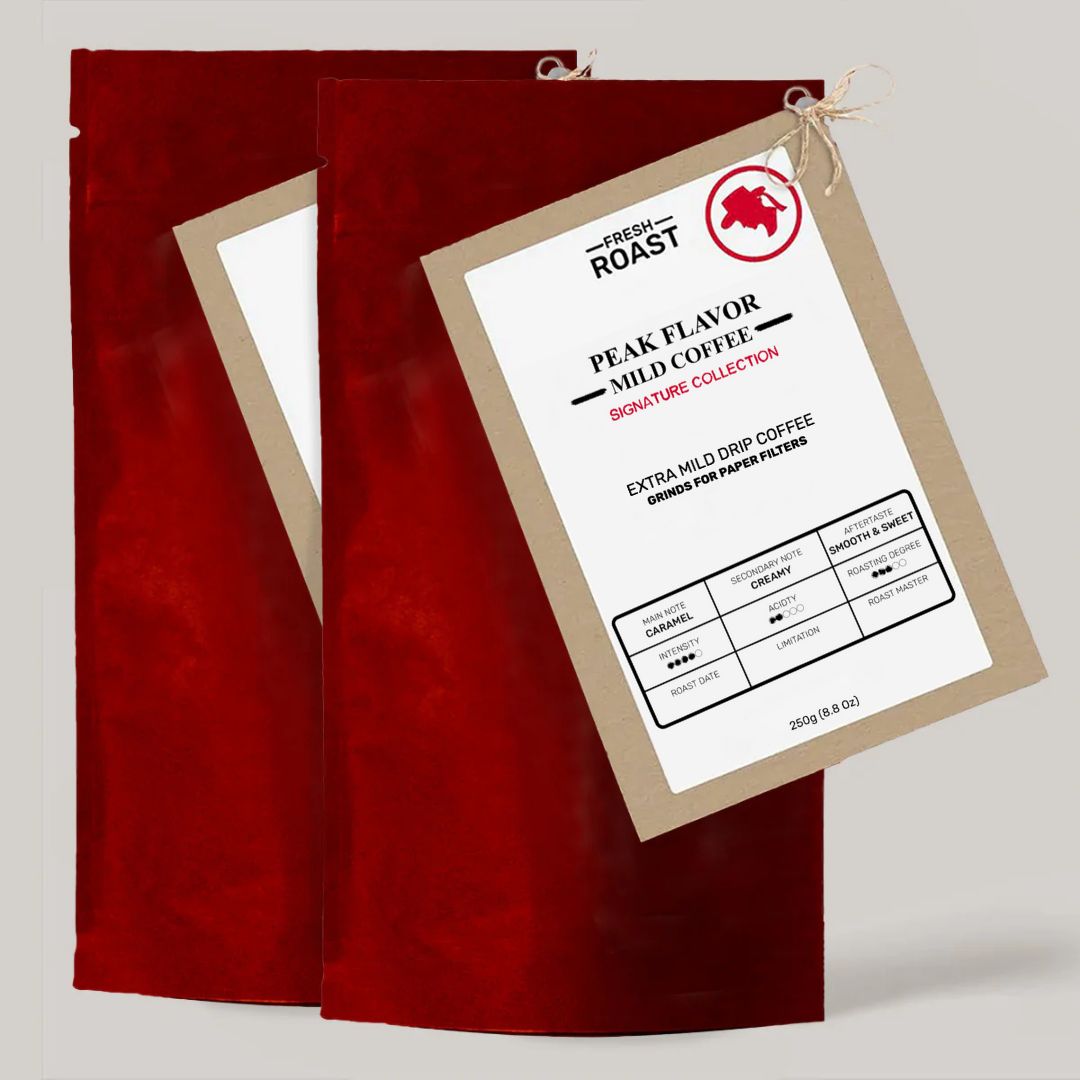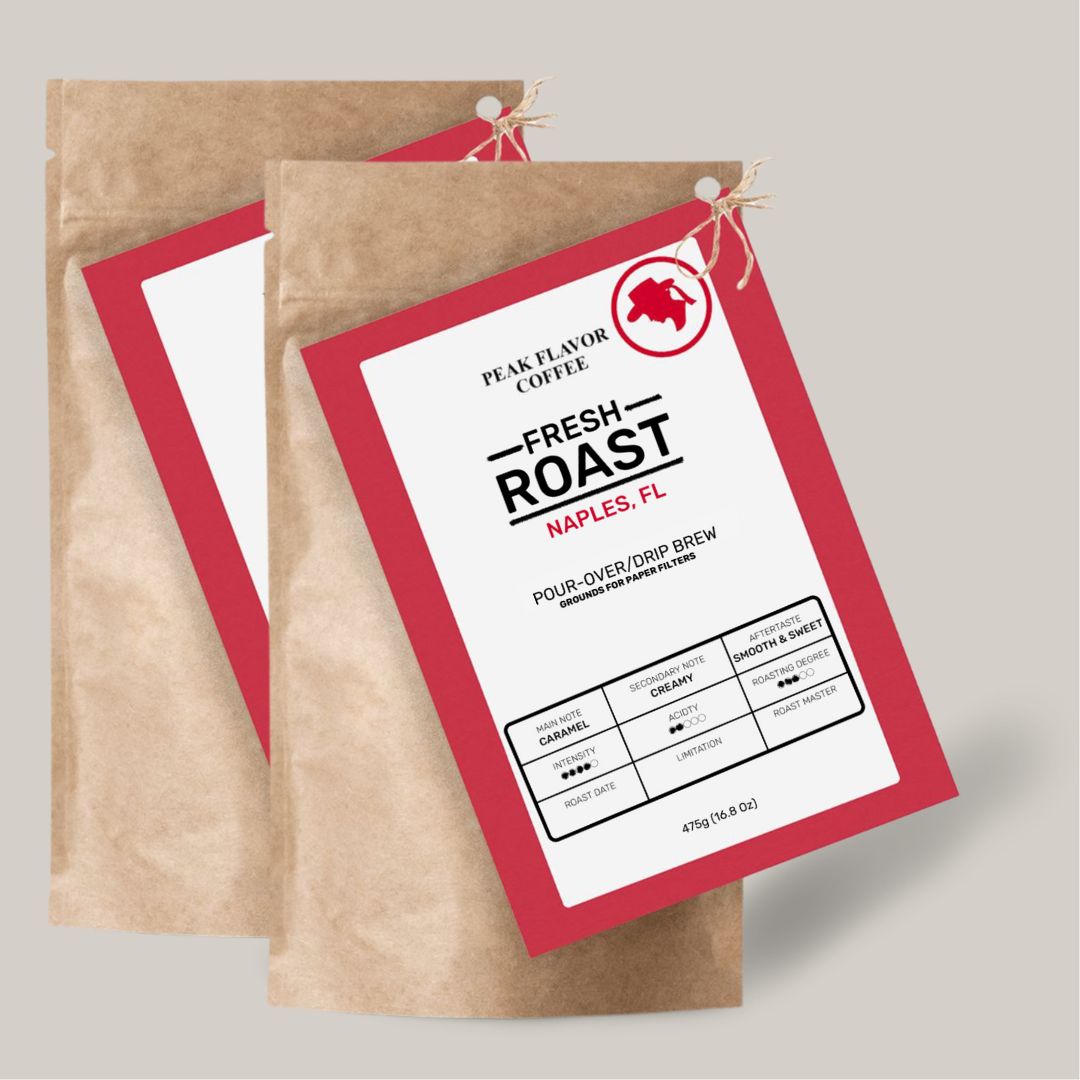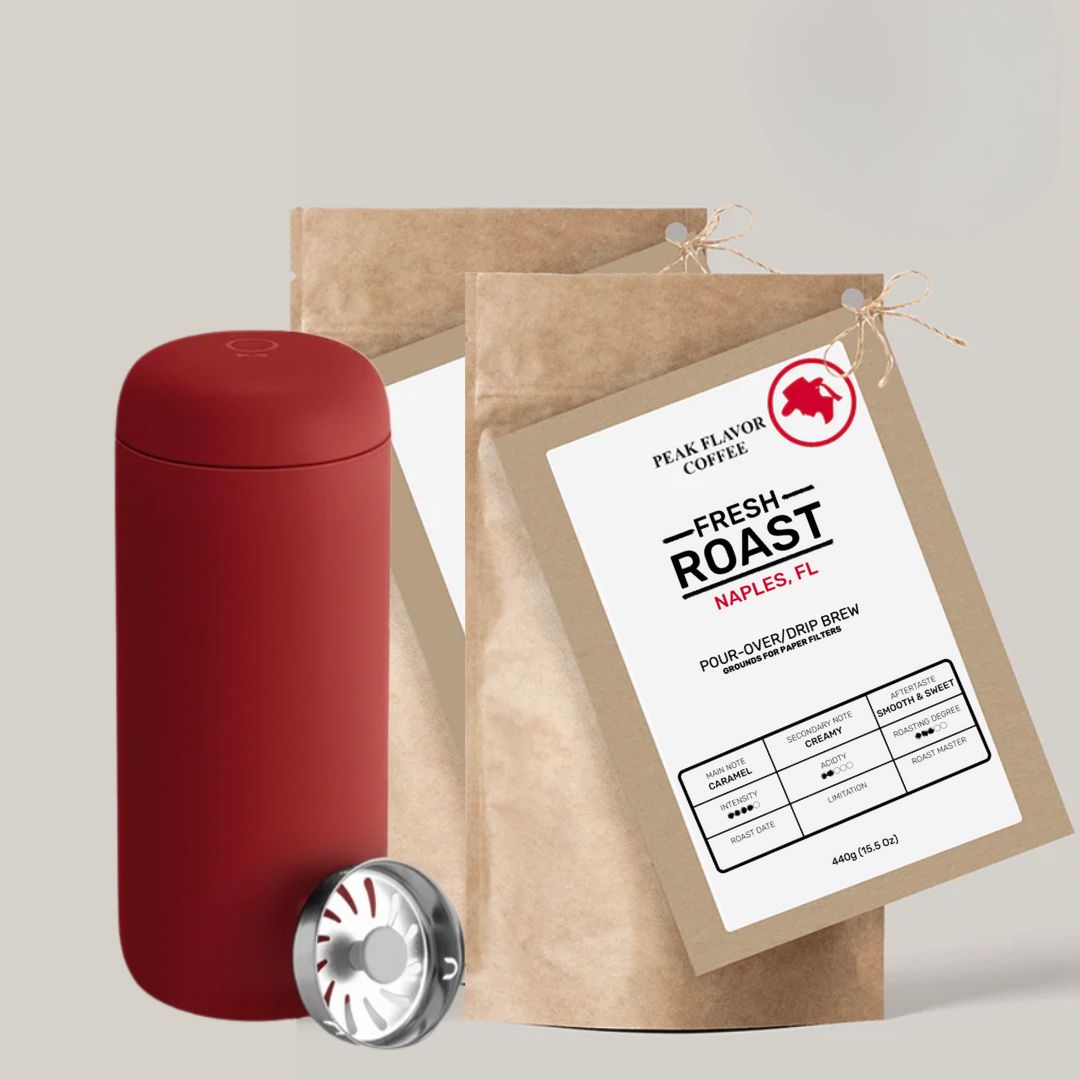The Truth About Drip Coffee Makers
(From Someone Who Tried 14 of Them So You Don’t Have To)
Hi, I’m Melicent—accidental coffee expert, self-declared drip machine whisperer, and founder of Peak Flavor Coffee. My coffee journey started innocently enough: I fell in love with rich, smooth, unapologetically good coffee while stumbling through cobbled European streets. Then I returned home to the U.S.—land of oversized mugs and underwhelming flavor—and had a full-blown coffee identity crisis.
In search of a decent cup from my bog-standard drip machine (hello, budget Black & Decker), I began what I now call the Great American Drip Quest. I bought, borrowed, and borderline hoarded 14 drip coffee makers. At one point, my kitchen counter looked like a Best Buy clearance aisle. I tried them all—from the humble Mr. Coffee to the high-falutin' Breville Precision Brewer that costs more than my college textbooks.
And yet, dear reader, here’s the kicker:
You probably don’t need a new coffee maker. You just need better coffee.
But first, if you’re in the market, here’s what I learned about the machines everyone’s buying (so you can make a semi-informed decision before panic-buying another appliance you’ll regret):
The Popular Kids: USA’s Top-Selling Drip Coffee Makers
1. Mr. Coffee 12-Cup Programmable. Price: $25–$40. Cheap, cheerful, and available at every Walmart within a 30-mile radius. Works fine—until it doesn’t. Verdict: Mr. Coffee is Ideal for budget-minded brewers and dorm rooms.
2. Cuisinart DCC-3200 PerfectTemp. Price: $90–$130. This one is my go-to. Hot coffee, strong brew setting, stainless steel thermal carafe, and it looks like it knows what it's doing. Verdict: The middle child that finally got their act together. Cuisinart is dependable, solid, and my pick.
3. Ninja CE251 Programmable Brewer. Price: $80–$100. A fun choice with customizable options and a “Rich Brew” setting that actually means something. Verdict: This Ninja is for tech-savvy tinkerers who think buttons are fun.
4. Hamilton Beach FlexBrew. Price: $50–$70. This machine can switch-hit: full carafe or single cup. But the pod mode feels like a compromise. Verdict: The Hamilton is for indecisive drinkers who want options but don’t want to commit.
5. Breville Precision Brewer. Price: $250–$300. It’s the Tesla of drip coffee makers. Precision temperature control, customizable everything, and a learning curve the size of Mt. Rainier. Verdict: This Breville is for the deeply caffeinated and proudly over-caffeinated coffee nerds.
Final Machine Takeaways from My Caffeinated Crisis:
- On a budget? Mr. Coffee is your bare-bones buddy.
- Want durability and real heat retention? Cuisinart DCC-3200 wins my gold star.
- Wanna splurge on percolated coffee like a coffee influencer? Breville’s your new life partner.
But here’s where things really clicked for me:
You Don’t Need a New Coffee Maker. You Need the Right Coffee.
Your drip machine—yes, even that clunky old thing with a mystery stain under the carafe—can absolutely deliver an excellent cup of coffee. But it needs one critical thing: the right coffee bean.
It’s not just about freshness (though please, for the love of crema, stop storing your beans in the fridge). It’s about using beans that match your brewing method—especially for drip. Let’s break it down like a barista with a B.S. in Food Chemistry.
1. Roast Level: The Thermal Sweet Spot for Drip Extraction
Drip coffee thrives on a medium to medium-dark roast. Why? Because roast level affects solubility—the ease with which flavor compounds dissolve in water.
According to Clarke and Vitzthum (2001), medium roasts contain a balanced mix of acids, sugars, and aromatic compounds that are best extracted at the typical 195°F–205°F temperature range of most home drip brewers.
Lighter roasts, while trendy in the specialty scene, often require hotter water and longer extraction to fully unlock their flavors—conditions most drip makers can’t provide. On the other end, dark roasts break down complex flavor molecules into carbon-heavy bitterness that can overwhelm the palate, leading to that dreaded “burnt rubber” taste. Peak Flavor’s roasts are tailored to land squarely in that Goldilocks zone—developed just enough to be sweet, rich, and never scorched.
2. Grind Size: How to Avoid the Great Over/Under Extraction Catastrophe
Grind size determines how long water spends with the coffee grounds—too fine, and you over-extract (hello, bitterness); too coarse, and your coffee’s as weak as decaf at a diner. The Specialty Coffee Association recommends a grind resembling table salt for drip brewers (SCA, 2019), as it promotes even extraction over 4–6 minutes of brew time.
Pre-ground coffee from the supermarket? Too fine, designed for espresso or pressurized machines. That’s why Peak Flavor grinds are calibrated for filter coffee specifically—because nobody needs existential dread with their morning cup. We’ve tested particle size distribution with laser diffraction tech (yes, seriously) to hit the grind consistency your brew basket dreams about at night.
There is one tiny but crucial advantage from having the right grind size: no need for the over-complicated drip coffee ratio. to figure out how much tablespoons of coffee you need. With the right grinds, you need 5 scoops for 16oz of coffee. Have look at your no-fuss brew guide to learn more.
3. Bean Type & Blend Balance: Chemistry You Can Taste
Drip coffee isn’t just about the machine—it’s about how your beans interact with water, time, and temperature. Arabica beans, with their smoother acidity and complex flavor profiles, are the preferred species for drip brewing (Illy & Viani, Espresso Coffee: The Science of Quality).
But even more important is the blend itself. Beans with naturally higher sugar and lower chlorogenic acid content (which can break down into bitterness during brewing) yield a smoother, more consistent cup.
At Peak Flavor, we balance origins like Brazilian naturals for body and sweetness with Central American washed beans for brightness and structure. This way, even a five-year-old drip machine with hard water buildup can produce a cup that’s balanced, flavorful, and shockingly good for your gut. (More on that in another post.)
So no, you don’t need a new machine. You need beans that get your machine. That’s why Peak Flavor Drip Coffee exists: Crafted for Drip Coffee Filters: Conveniently Good – Surprisingly Healthy – Easily Affordable.
Because it’s not about having the best machine. It’s about giving the one you have its best shot.
So Let’s Get Real About Great Coffee at Home
Dear morning warrior, it’s time for a little truth talk. You don’t need a new coffee machine. You don’t need to flirt with baristas for better lattes. You don’t even need a third mortgage to fund “single-origin, hand-massaged, shade-grown micro-lot espresso.” What you do need is coffee that’s actually made for your drip coffee maker. Here’s how we do it at Peak Flavor:
Conveniently Good – Perfect Grind, Every Time
Our beans are precision-ground to 750 microns with 98% grind consistency, which is the Goldilocks zone for drip brewing. This particle size optimizes extraction over a typical 4–6 minute brew cycle, ensuring balanced flavor—not bitterness, not sourness, just smooth, rich coffee.
As supported by research in Food Research International (Clarke & Vitzthum, 2001), uniform grind size leads to more even solubility and better-tasting brews. Translation? Your drip machine just got smarter. Discover better coffee grounds for drip coffee.
Surprisingly Healthy – Coffee That’s Good and Good for You
Using a paper filter, which nearly every drip machine does, captures coffee oils (a.k.a. diterpenes like cafestol) that have been linked to increased cholesterol levels in unfiltered brews (Urgert & Katan, Am J Clin Nutr, 1997). With drip brewing and the right filter, you can sip happily knowing you’re skipping the stuff your heart doesn’t love—while still getting antioxidants, polyphenols, and morning joy. Try healthier drip coffee grinds.
Easily Affordable – Great Coffee for Under 50 Cents a Cup
With the right roast and grind, your current coffee maker can produce coffee that rivals your favorite café—without the $6 price tag or eye contact with overly enthusiastic baristas. Our blends are crafted to be budget-friendly and delicious, with each cup costing less than $0.50. No fancy gadgets, no subscription cults—just beans that work with the gear you already own.
So skip the machine upgrade and give your drip brewer a chance to shine—with beans that are: Crafted for Drip Coffee Filters: Conveniently Good – Surprisingly Healthy – Easily Affordable.
Your kitchen. Your coffee. Just better.
Melicent
Founder & Coffee Snob Against Her Will

